Augmented Reality Strategy (ARS) and Traditional Teaching Method (TTM): Assessing Effects on Information Literacy in Financial Accounting Students
DOI:
https://doi.org/10.5281/zenodo.17272512Keywords:
Academic Performance, Augmented Reality Strategy (ARS), Information Literacy, Instructional Innovation, Traditional Teaching Method (TTM)Abstract
This study investigates the comparative effects of the Augmented Reality Strategy (ARS) and the Traditional Teaching Method (TTM) on the development of Information Literacy among Financial Accounting students in Nigerian secondary schools, with the purpose of exploring which instructional approach better equips students with critical information-handling skills amid the increasing demand for digitally literate graduates; adopting an explanatory sequential mixed-methods design, the research employed a quasi-experimental pre-test/post-test control group setup in its quantitative phase and semi-structured interviews in its qualitative phase to enrich and contextualize findings, involving a sample size of 117 Senior Secondary School II students 41 in the ARS experimental group and 76 in the TTM control group drawn from two public schools in Lagos State; key results from Analysis of Covariance (ANCOVA) revealed a statistically significant difference in post-test Information Literacy scores between the groups (F(1,114) = 407.33, p < .001), with the instructional method accounting for 78.1% of the variance (Partial Eta Squared = .781), indicating a very large effect size, as students taught with ARS demonstrated superior abilities in locating, evaluating, and applying financial information; the implications underscore ARS as a transformative pedagogical tool that enhances students’ engagement, comprehension, and critical thinking in accounting education, advocating for the integration of immersive technologies into curriculum design and teacher training to foster 21st-century competencies in secondary education.
Downloads
Downloads
Published
Issue
Section
License
Copyright (c) 2025 Journal of Education, Communication, and Digital Humanities

This work is licensed under a Creative Commons Attribution 4.0 International License.





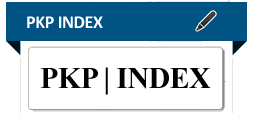
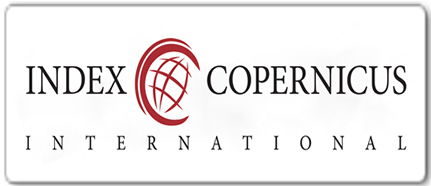

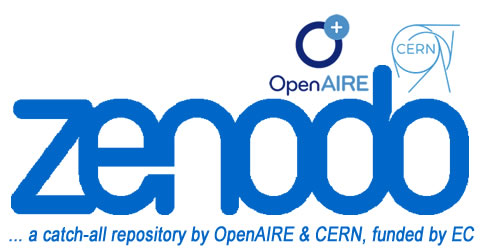


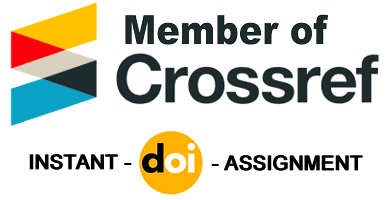
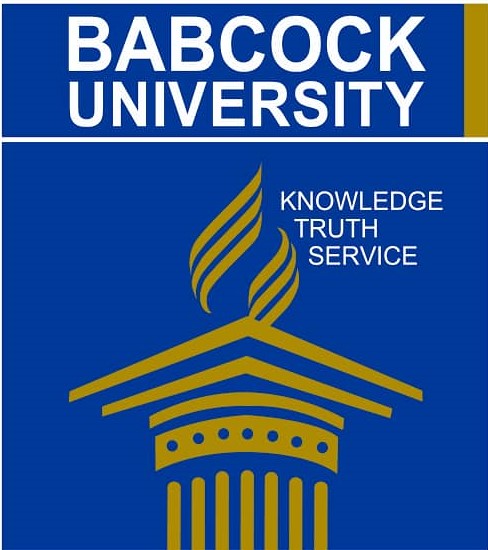

 =======================================================================================================================================
=======================================================================================================================================